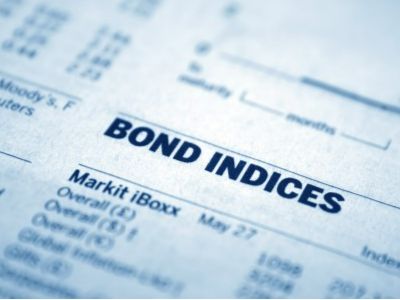Goldman Sachs: The widespread popularity of AI in the next ten years is expected to drive China's overall stock profit to increase by 2.5% annually.
2025-02-20 20:50
In a recent research report, Liu Jingjin, Chief China Stock Strategy Analyst at Goldman Sachs Research Department, pointed out that investors' optimism about the growth and benefits of the AI economy has helped the Hang Seng Tech Index and MSCI China Index surge by 27% and 19% respectively in the past month.
In a recent research report, Chief China Stock Strategy Analyst Liu Jinjin of Goldman Sachs Research pointed out that investors' optimism about AI economic growth and benefits has helped the Hang Seng Tech Index and MSCI China Index surge by 27% and 19% respectively in the past month. Since the debut of ChatGPT in November 2022, the U.S. stock market has soared by 50%, and the market value of U.S. technology stocks has increased by $13 trillion. The Chinese stock research team at Goldman Sachs Research predicts that the widespread adoption of AI in the next decade is expected to boost the overall profitability of Chinese stocks by 2.5% per year.
From a corporate profit perspective, companies can increase profitability through AI in three main ways:
Enhancing productivity: Estimates show that if Chinese companies can use AI to increase labor productivity, the annual profit growth rate of the MSCI China Index may increase by 1.1% on average over the next 10 years.
Cost savings: It is estimated that the MSCI China Index can generate the same level of revenue with a 3% decrease in labor costs over 10 years, effectively increasing total profits by 1.8% per year.
New revenue opportunities: Goldman Sachs Research believes that AI should not be a zero-sum game between new market entrants and existing companies. New business models and value increments brought by AI are expected to have a net positive impact on the stock market. Based on their models, increasing technology investment could improve profit trajectories by approximately 1% per year over the next decade.
Furthermore, improving growth prospects and potential increase in confidence are expected to drive fair value of Chinese stocks up by 15-20% and potentially attract over $200 billion in capital inflows. For these reasons, Goldman Sachs Research has raised their target levels for the MSCI China and Shanghai-Shenzhen 300 Index to 85 points and 4700 points respectively, indicating a 16% and 19% upside potential over the next 12 months. Strong policy stimulus is also seen as an essential driver for sustained stock market growth amidst macroeconomic challenges.
Chinese AI Stock Investment Framework
Drawing on extensive research from their macro, stock strategy, and industry teams on the AI theme, Liu Jinjin and team have published a systematic framework around Chinese AI. This framework aims to help investors understand the dynamics of the AI ecosystem, identify investment opportunities, and assess risk/return in this era of evolving technology.
The team categorizes all listed Chinese companies into two main categories: AI tech stocks and non-tech stocks, which are further divided into six themes: semiconductors, electricity and infrastructure, data and cloud, software and applications, revenue growth companies, and productivity enhancement companies. Similar to the U.S., Chinese semiconductor and AI infrastructure stocks have outperformed the market, indicating significant potential for companies benefiting from later cycles.
Exploring Investment Opportunities in the Chinese AI Ecosystem
For macro investors and index investors, the technology/AI-related stocks in the Hang Seng Tech Index and CSI 1000 Index have the highest exposure. In terms of themes, Goldman Sachs Research is more bullish on the data and cloud, as well as software and applications sectors, as the AI capital expenditure cycle slows down but the pace of application creation and monetization accelerates.
BlackRock: Surging electricity demand triggers market fluctuations, focusing on investment opportunities in power generation, power grid infrastructure, and other related industries in the value chain.
The Asset Management Association of China: As of the end of January 2025, the scale of private equity fund management still in existence was 19.92 trillion yuan.
RECOMMEND

AMAC: In January, 137 new asset-backed special plans were filed, with a total scale of 1122.64 billion yuan.
26/02/2025

Schroder Investment: Investors should consider allocating funds to securitized credit and insurance-linked securities.
26/02/2025

Reuss County Asset Annual Reflection: Policy Tipping Point is very clear. The semiconductor industry in 2025 is a game for the brave.
26/02/2025


